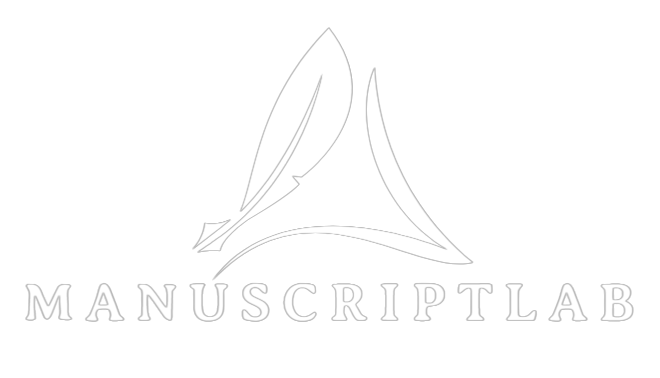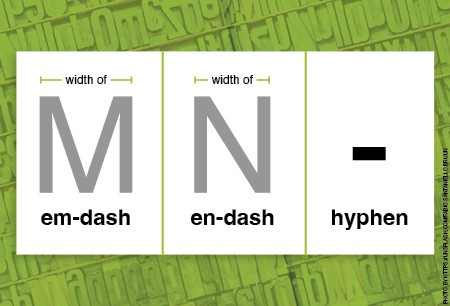Manuscript formatting is an often overlooked but crucial aspect of the publishing process. Proper formatting ensures that your manuscript meets the specific requirements of your target journal or publisher, enhances readability, and demonstrates professionalism. In this comprehensive guide, we will explore the importance of manuscript formatting, provide guidelines for authors, and explain how following these practices can improve your chances of getting published.
What is Manuscript Formatting?
Manuscript formatting refers to the way in which your manuscript is structured and presented. This includes everything from font size and type, margin settings, line spacing, heading styles, and citation formats to the arrangement of content like tables, figures, and references. Proper manuscript formatting adheres to the specific guidelines set by publishers or journals, ensuring that your work is consistent with other submissions and easily readable by editors and reviewers.
Why Manuscript Formatting is Crucial for Authors?
1. First Impressions Matter
The presentation of your manuscript is the first impression that editors and reviewers will have of your work. A well-formatted manuscript immediately signals that you are a professional and serious author. On the other hand, a poorly formatted manuscript can suggest carelessness and may lead to your work being rejected without further consideration.
2. Improves Readability and Comprehension
Proper formatting helps to make your manuscript more readable. For example, consistent use of headings, bullet points, and numbered lists can help organize your content, making it easier for readers to follow your arguments and findings. Adequate spacing and margin settings prevent the text from appearing cluttered, further enhancing readability.
3. Ensures Compliance with Submission Guidelines
Different journals and publishers have specific formatting requirements. Adhering to these guidelines is essential because failure to comply can result in immediate rejection. Manuscript formatting guidelines often cover aspects like the citation style (APA, MLA, Chicago, etc.), word count limits, abstract length, and the format of tables and figures.
4. Facilitates the Peer Review Process
The peer review process is a critical stage in the publication journey. A well-formatted manuscript is easier for reviewers to read and assess, which can lead to more constructive feedback and a smoother review process. Poor formatting, on the other hand, can frustrate reviewers and negatively impact their evaluation of your work.
5. Enhances the Professionalism of Your Work
A manuscript that is neatly formatted and adheres to professional standards reflects well on you as an author. It shows that you have taken the time to prepare your work carefully, which can influence editors and reviewers to take your research more seriously.

Guidelines for Manuscript Formatting
1. Follow the Journal or Publisher’s Specific Guidelines
Before you start formatting your manuscript, it is essential to review the specific guidelines provided by your target journal or publisher. These guidelines can typically be found on the journal’s website under the “Instructions for Authors” section. Pay close attention to requirements related to:
- Font type and size (e.g., Times New Roman, 12-point)
- Line spacing (e.g., double-spaced)
- Margin settings (e.g., 1-inch margins on all sides)
- Title page information (e.g., title, author names, affiliations)
- Citation style (e.g., APA, MLA, Chicago)
- Abstract and keyword requirements
- Figure and table formats
- Word count limits
By following these guidelines meticulously, you can avoid unnecessary delays in the submission process.
2. Use Standard Fonts and Sizes
Standard fonts like Times New Roman, Arial, or Calibri are preferred in most academic and professional settings because they are easy to read. Font size is typically set at 12 points for the main text and may be smaller for footnotes or endnotes. Avoid using decorative or unusual fonts, as they can detract from the professionalism of your manuscript.
3. Maintain Consistent Heading Styles
Headings are essential for organizing your content and guiding readers through your manuscript. Use a consistent style for different levels of headings (e.g., H1 for main headings, H2 for subheadings). Ensure that your headings are formatted according to the guidelines provided by your target journal or publisher.
4. Set Appropriate Margins and Line Spacing
Most journals require 1-inch margins on all sides of the page. Line spacing is typically set to double-spacing, which allows reviewers to make notes and comments easily. However, some journals may specify different settings, so always check the guidelines.
5. Include Page Numbers and Running Headers
Page numbers are crucial for referencing specific sections of your manuscript during the review process. They should be placed consistently, either at the top or bottom of the page. Running headers (a short version of your title) can also be included in the header or footer of each page, depending on the journal’s requirements.
6. Format Tables and Figures Correctly
Tables and figures should be clear, easy to read, and properly labeled. Use consistent numbering (e.g., Table 1, Figure 1) and provide descriptive titles. Place them in the appropriate sections of your manuscript, or group them at the end, as required by the journal’s guidelines. Ensure that any accompanying captions or legends are concise and informative.
7. Use the Correct Citation Style
Citations are a critical component of your manuscript, and it is essential to use the correct citation style as specified by your target journal or publisher. Common citation styles include APA, MLA, Chicago, and Harvard. Each style has specific rules for citing different types of sources, so be sure to familiarize yourself with the guidelines and apply them consistently throughout your manuscript.
8. Proofread and Edit Your Manuscript
Before submitting your manuscript, thoroughly proofread and edit it to ensure that there are no grammatical errors, typos, or formatting inconsistencies. Consider using a professional editing service or manuscript formatting software if you are unsure about any aspect of your manuscript’s presentation.

Common Mistakes to Avoid in Manuscript Formatting
1. Ignoring Submission Guidelines
One of the most common mistakes authors make is neglecting to follow the submission guidelines provided by the journal or publisher. This can lead to immediate rejection, as many journals have strict policies regarding manuscript formatting. Always take the time to review the guidelines and ensure that your manuscript complies with them before submission.
2. Inconsistent Formatting
Inconsistent formatting can make your manuscript look unprofessional and difficult to read. This includes variations in font sizes, heading styles, spacing, and margin settings. To avoid this, use the formatting tools available in word processing software like Microsoft Word to apply consistent styles throughout your manuscript.
3. Over-complicating Tables and Figures
Tables and figures are valuable tools for presenting data, but they should be kept simple and easy to understand. Avoid overcrowding tables with too much information, and ensure that figures are clearly labeled and accurately represent the data. Remember that tables and figures should complement the text, not overwhelm it.
4. Neglecting to Check for Errors
Even minor errors in your manuscript can detract from the quality of your work. Spelling mistakes, grammatical errors, and formatting inconsistencies can all impact the readability and professionalism of your manuscript. Always proofread your work carefully and consider seeking feedback from colleagues or a professional editor.
5. Using Non-Standard Fonts and Styles
While it may be tempting to use unique fonts or styles to make your manuscript stand out, this is generally discouraged. Most journals prefer standard fonts and styles that are easy to read and professional in appearance. Stick to the recommended fonts and avoid using bold or italicized text excessively.
The Role of Technology in Manuscript Formatting
1. Manuscript Formatting Software
There are various software tools available that can help authors with manuscript formatting. These tools can automate many aspects of the formatting process, including citation management, heading styles, and table formatting. Popular options include End-note, Zotero, and LaTeX. Using these tools can save time and reduce the risk of formatting errors.
2. Online Resources and Templates
Many journals and publishers provide online resources and templates to help authors with manuscript formatting. These templates are pre-formatted according to the journal’s guidelines, making it easier for authors to prepare their manuscripts. Always check if your target journal offers such resources, as they can be a valuable aid in the formatting process.
3. Professional Editing Services
If you are unsure about your manuscript’s formatting or want to ensure that it meets the highest standards, consider using a professional editing service. These services can provide expert assistance with formatting, proofreading, and editing, helping you to present your work in the best possible light.
The Impact of Proper Manuscript Formatting
Proper manuscript formatting is essential for authors who want to increase their chances of getting published. It not only enhances the readability and professionalism of your work but also ensures that you comply with the specific requirements of your target journal or publisher. By following the guidelines outlined in this blog, you can avoid common formatting mistakes and present your manuscript in a way that maximizes its impact.
Remember, first impressions matter, and a well-formatted manuscript can make a significant difference in the review process. Whether you are submitting to a top-tier journal or a niche publication, taking the time to format your manuscript correctly is an investment in your success as an author.












